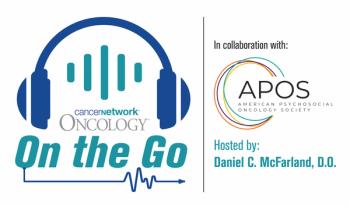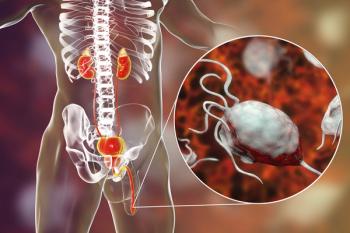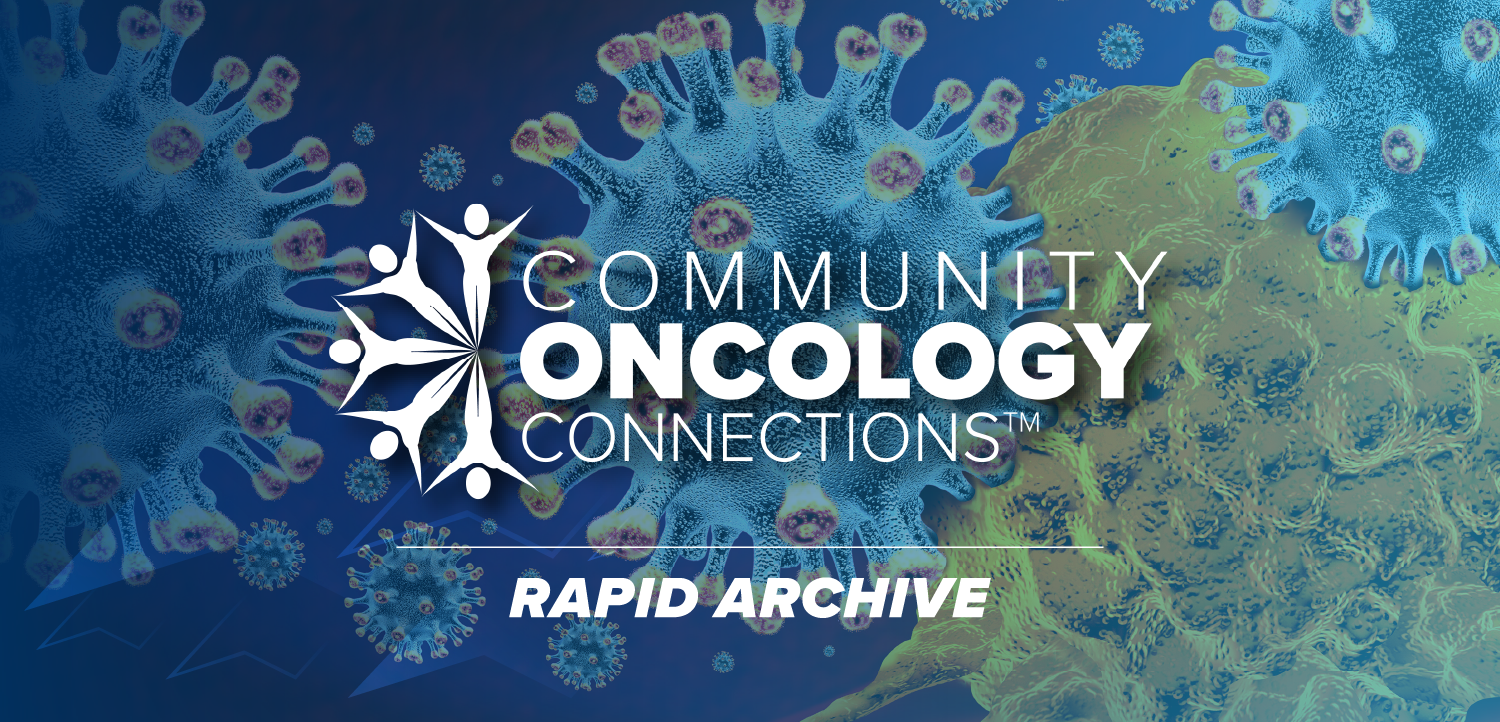
Perceptions of Dermatologic AEs Could Impact Treatment Adherence
A survey found that patients believed dermatologic AEs were more prevalent with anti-cancer therapies than what has been reported.
A recent survey (NCR191384) aimed to determine the perception of dermatologic adverse effects (AEs) in patients who experienced them during or after treatment with anti-cancer therapies, according to an article in the Journal of Drugs in Dermatology.1
The survey was offered to patients 18 years and older at 2 health fairs in Southeast Washington, DC. The authors noted that this took place in the most medically underserved area of the district. Dermatologic AEs that were to be assessed included hair loss, dry skin/rash, and nail changes.
Overall, 77 attendees completed the survey with a 65% response; 88.3% were female, 23.7% were 45 to 54 years old, 71.5% were Black or African American, and 21.0% were previously treated for cancer.
When looking at the study results, 52% of all respondents believed anti-cancer therapies caused hair loss vs 31% who had previously been treated for cancer. For dry skin/rash 47% vs 50% believed anti-cancer therapy caused these AEs, and 41% vs 31% believed nail changes were caused by anti-cancer therapies.
Between all respondents and those who were previously treated, the dermatologic AEs like permanent hair loss (33% vs 13%), temporary eyebrow/eyelash loss (27% vs 13%), and permanent nail discoloration (24% vs 13%) were causes to possibly or definitely forego treatment. For patients who had previously been treated for cancer, half did not visit a dermatologist.
“Altogether, these data underscore the need for improved [dermatologic AE] management. Dermatologists should educate oncologists and primary care physicians on patient’s experiences undergoing [anti-cancer therapy] and treatment for [dermatologic AEs],” the authors of the study wrote.
The authors of the article concluded that the pilot study showed most respondents, and even those who had a previous cancer diagnosis, believed that anti-cancer therapy dermatologic AEs occurred at high rates. The most prevalent was hair loss; however, studies show that most patients experience it between about 14.7% with targeted chemotherapy and 52.1% with classic chemotherapy.2,3 In relation to this, the authors believe that there should be an educational intervention here to lessen treatment avoidance and increase compliance.
Furthermore, the importance of education is shown by the one-third of patients who responded to the survey, noting that they may decline anti-cancer therapy based on dermatologic AEs.
“[These results] cannot be overlooked as negative [dermatologic AE] perceptions, let alone past experience, may prevent the initiation of life-prolonging treatment and re-initiation for cancer recurrences,” the authors wrote.
Furthermore, the authors outlined possible ways to combat this, including utilizing interdisciplinary collaboration and creating accessible patient-facing materials for dermatologic AE management.
“Overall, this study highlights an opportunity to reduce the burden of [dermatologic AEs] through education, closer interdisciplinary collaboration, and the development of new treatments,” the authors concluded.
References
- Menta N, Vidal SI, Whiting C, Azim SA, Desai S, Friedman A. Perceptions and knowledge of dermatologic side effects of anti-cancer therapies: a pilot survey. J Drugs Dermatol. 2025;24(8):e57-e58.
- Belum VR, Marulanda K, Ensslin C, et al. Alopecia in patients treated with molecularly targeted anticancer therapies. Ann Oncol. 2015;26(12):2496-2502. doi:10.1093/annonc/mdv390
- Utlu Z, Bilen H. Evaluation of cutaneous side-effects associated with chemotherapeutic use in oncological patients. Postepy Dermatol Alergol. 2021;38(6):1078-1085. doi:10.5114/ada.2020.99943
Newsletter
Stay up to date on recent advances in the multidisciplinary approach to cancer.






















































































